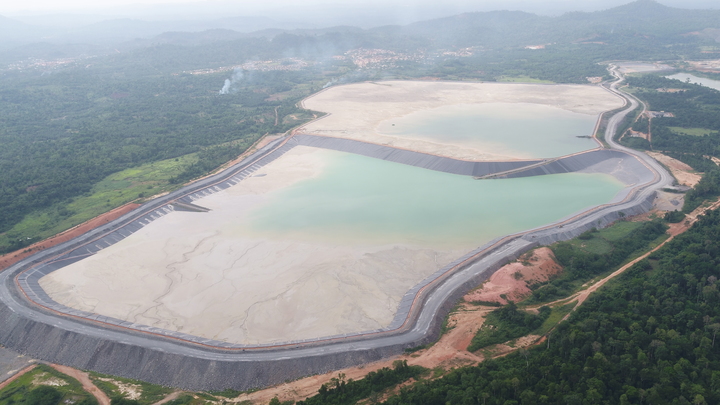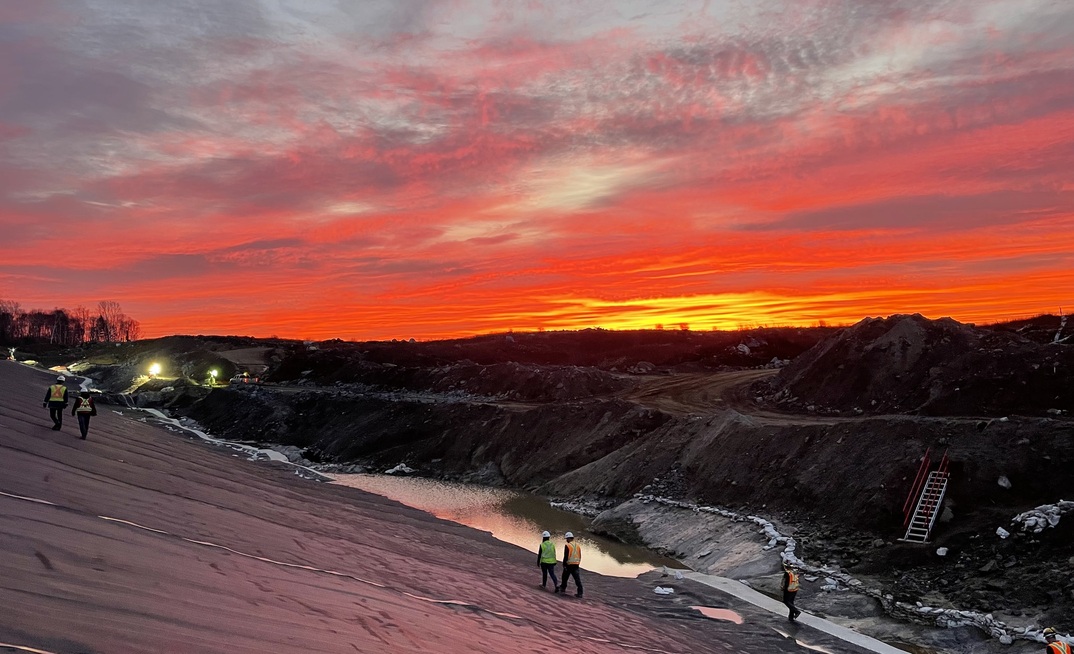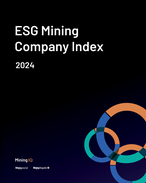SLR Consulting has decades of successful experience advising clients at every stage of the mining lifecycle with solutions, services and projects in support of its mission to ‘make sustainability happen.'
With tailings management having become such a pressing issue for the mining industry, and its significance only set to increase further, SLR's mine waste engineering division is focused on improving the safety and sustainability of tailings storage facilities (TSFs) and advancing tailings management practices.
Tailings taking centre stage
SLR principal tailings engineer, Elin Wormeester recognises tailings as an issue of ever-growing importance for the mining industry and highlights a report by Earthworks that asserts ore grades have declined, on average, by half for many minerals over the past 40 years. This development is especially significant when one realises it has effectively doubled the volume of mine waste tailings generated for each unit of mineral produced.
With current trends suggesting an additional two- to ten-fold increase in the extraction and use of most minerals by 2060, it is clear to see the trajectory is unsustainable. The pressure to consider and implement alternative solutions is only set to increase over time.
GISTM to the rescue
Informed by an integrated approach to tailings management, the Global Industry Standard on Tailings Management (GISTM) has been developed and introduced. This new ground-breaking, integrated global benchmark seeks to prevent catastrophic failure and improve the safety of TSFs by including recommendations for better risk assessment, monitoring, and disclosure. The guidelines mandate an options analysis as a minimum to conventional surface tailings disposal, with the objective being to achieve zero harm to people and the environment.
While less prescriptive than advisory, the GISTM nonetheless provides all stakeholders with a clear reference point to assess and benchmark performance and progress. In so doing, it is serving as a call to action and a catalyst in advancing tailings management practices.
Fresh perspectives, new solutions
In this nourishing new environment, emerging technologies, such as the dewatering of tailings before placement, underground or open pit back-filling, and reprocessing are being afforded greater consideration, while there is also an increased focus on socially responsible engagement, buy in and practices.
Progress is definitively being made, with alternative tailings disposal methods including filtered, dry stack and paste tailings increasingly being used. These methods are more water efficient than conventional tailings disposal, and while solutions should always be tailored to suit the site in question, are likely to reduce the consequences associated with a potential TSF failure.
SLR Consulting's principal tailings engineer is also excited about new innovations in development that can be brought to bear to improve the safety and sustainability of tailings storage facilities. These include the use of AI-powered drones for inspection, as well as technology allowing for real-time integration of monitoring data. In addition, she believes geosynthetics can play a vital role in reducing environmental footprints by reducing the risk of seepage to groundwater, thereby preventing contamination of the surrounding aquatic ecosystem.
Even though demand for minerals is increasing and ore grades are declining, Elin Wormeester believes there is cause for optimism that the volume of mine waste tailings generated could at the same time be reduced. Not only is SLR a strong advocate for back filling underground mined areas and open pits, but the latent economic potential of TSFs for re-mining and the extraction of critical raw materials is likely to be unleashed at scale as reprocessing techniques advance. The concepts of sustainable reprocessing and waste valorisation are helping to reframe tailings as an asset rather than a liability.
Other solutions, such as fracturing and in situ leaching address the challenge at source. In these cases, tailings and waste rock are not generated, feeding into the idea that the safest TSF is one that never has to be constructed in the first place.
A work in progress
Elin Wormeester considers, broadly, the GISTM to have helped raise mining companies' awareness of the importance of a holistic and integrated approach to tailings management. And having been provided with the same playbook to follow, the industry can now move forward as one with clearly delineated roles and responsibilities. That said, she cautions that its capacity to adequately safeguard people and minimise environmental and social impacts is not absolute, without strong governance and oversight.
Her thinking is informed by the fact that only members of the International Council on Mining and Metals (ICMM) are bound to implement the GISTM - effectively leaving some two-thirds of the mining industry able to ‘take it or leave it'. It is encouraging however that an increasing number of non-ICMM members are adopting the standard as the de facto gold standard. Nevertheless, she believes it is important for local or national regulators to step in to fill the breach and insist on compliance with the standard. In addition, she recognises challenges with implementation of the standard on a global scale, given the current profound shortage of qualified tailings professionals.
A range of initiatives to address this paucity of qualified labour are in play. Among others, these include ‘The Tailings Center', an industry/research collaboration offering tailings management graduate certificates and professional development tailings education; and ‘Future Trails', a partnership between the University of Western Australia, Rio Tinto, and BHP, which provides training and professional development, and conducts research for innovation. In addition, there are initiatives to attract more women into tailings management (and other mining professions), such as the International Women in Mining (IWiM), a global not-for-profit organisation pursuing gender equity in mining.
Tailings will be key to mining's sustainable future
Environmental impacts reached a nadir with the catastrophic Brumadinho dam failure in Brazil in January 2019. At that juncture, the demands for a more responsible approach to tailings management became impossible to ignore.
The GISTM-infused response to this clamour for change has acted to lay the foundations for new and different lines of action, a more holistic perspective, solutions informed by multi-disciplinary inputs, and a greater understanding that decisions made must take account of the full mine lifecycle. And if minimised adverse impacts on the surrounding environment and communities can be demonstrated, this creates enhanced conditions for the long-term sustainability of mining operations.
As well as having led to a heightened awareness of the significant risks associated with conventional tailings management, high profile TSF failures have also fueled a major loss of confidence from investors and the public in an already much-maligned industry. Consequently, enhancing management and safe storage of tailings has also now become a critical component in helping to restore the industry's battered reputation.
Historically, tailings were simply dumped on an open lot of land or river, next came engineered mine waste facilities, and within the last 30 years the focus shifted towards regulatory compliance and immediate environmental impacts. The mining industry now recognises the need to forge a new integrated approach to tailings management in response to an increased awareness of the long-term environmental and social consequences of mine waste.
SLR Consulting's work with mining companies supports the development of this new approach. It sees the future of good tailings management as about safeguarding people, minimising environmental and social impacts and abiding by ever-evolving industry demands and standards.

ABOUT THIS COMPANY
SLR Consulting
SLR Consulting is a global leader in environmental and advisory solutions: helping clients achieve their sustainability goals.
HEAD OFFICE:
- SLR Consulting (Canada) Ltd. 100 Stone Road West, Suite 201, Guelp, Ontario, N1G 5L3, Canada
- Phone: +12267068080
- Web: www.slrconsulting.com/en


























